Introduction
Stewed pear with rock sugar and lily bulbs is a time-honored dessert in Chinese cuisine, celebrated for its delicate flavor and profound health benefits. This dish, often enjoyed during colder months or when seeking relief from dry throats and coughs, combines the natural sweetness of pears, the subtle aroma of dried lily bulbs, and the soothing warmth of rock sugar. Rooted in traditional Chinese medicine (TCM), this recipe is believed to nourish the lungs, moisturize the throat, and promote overall respiratory health. Beyond its medicinal qualities, it serves as a comforting treat that bridges cultural heritage and culinary artistry. In this comprehensive guide, we will explore the history, ingredients, and meticulous steps required to create this beloved dessert, ensuring both authenticity and a deep appreciation for its origins.
The Cultural Significance of Stewed Pear
In Chinese culture, food is not merely sustenance but a medium for healing and harmony. Stewed pear, known as 冰糖百合炖雪梨 (pinyin: bīngtáng bǎihé dùn xuělí), embodies this philosophy. The pear, or lí (梨), symbolizes the avoidance of misfortune, as its pronunciation is similar to the word for “separation” in Chinese. By incorporating it into a nourishing dish, families hope to ward off illness and maintain unity. Lily bulbs, or bǎihé (百合), represent purity and a century of togetherness, while rock sugar, or bīngtáng (冰糖), adds sweetness without overpowering the natural flavors. Together, these ingredients create a dessert that is both symbolic and therapeutic.
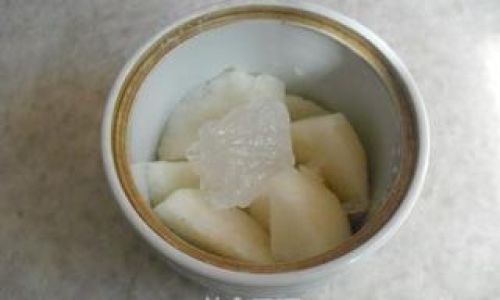
Ingredients: A Symphony of Flavors and Health
To recreate this dish authentically, one must source high-quality ingredients. Here’s a detailed breakdown:
-
Pears (2 medium-sized, preferably Asian pears or snow pears)
Asian pears, known for their crisp texture and mild sweetness, are ideal. Their juicy flesh holds up well during stewing, maintaining a pleasant balance between tenderness and structure. If unavailable, Bosc or Anjou pears may substitute, though their flavor profile will differ slightly. -
Dried Lily Bulbs (10–15 grams)
Dried lily bulbs, available in Asian markets or herbal shops, are the stamens of the lily plant. They impart a faint, floral aroma and are prized in TCM for their calming properties. Soak them in warm water for 30 minutes before use to rehydrate and remove any bitterness. -
Rock Sugar (50–70 grams)
Rock sugar, or crystallized sucrose, is less refined than granulated sugar, retaining minerals like calcium and potassium. Its mild sweetness complements the pears without causing throat irritation. Adjust the quantity based on the pear’s natural sweetness and personal preference. -
Water (1.5 liters)
Use filtered water to ensure clarity and purity in the broth. -
Optional Additions
- Goji Berries (10 grams): For added antioxidants and a vibrant hue.
- Red Dates (5–6 pieces): To enhance sweetness and nutritional value.
- Fresh Ginger (2 slices): To introduce a subtle warmth, especially beneficial during colds.
Preparation: The Art of Precision
Step 1: Selecting and Preparing the Pears
Choose pears that are firm yet ripe, free from blemishes. Gently scrub the skin under running water to remove residues. Unlike Western recipes, the skin is left intact during stewing to retain nutrients and texture. Core the pears using a melon baller or a small knife, creating a cavity for the filling. For an elegant presentation, some chefs carve decorative patterns into the skin, though this is optional.
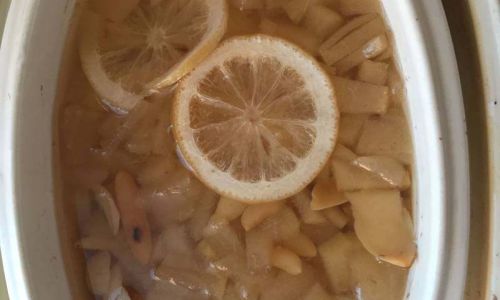
Step 2: Rehydrating the Lily Bulbs
Place the dried lily bulbs in a bowl and cover them with warm water. Allow them to soak for 20–30 minutes until softened. Drain and rinse thoroughly to eliminate any grit or impurities. Pat dry with a clean cloth.
Step 3: Assembling the Ingredients
Place the prepared pears in a medium-sized stainless-steel or ceramic pot. Fill each pear’s cavity with a portion of the rehydrated lily bulbs. If using goji berries or red dates, distribute them evenly around the pears. Add the rock sugar and water, ensuring the pears are submerged. The water level should rise just below the rim of the pot to prevent overflow during boiling.
Cooking Process: Patience and Perfection
Step 1: Initial Boiling
Bring the pot to a boil over medium-high heat. Once bubbles rise, reduce the heat to low, maintaining a gentle simmer. Cover the pot with a lid, leaving a slight gap to allow steam to escape gradually. This slow cooking method ensures the pears absorb the flavors without disintegrating.
Step 2: Simmering and Flavor Infusion
Allow the mixture to simmer for 45–60 minutes. Check periodically to ensure the water level remains consistent, adding small amounts of hot water if necessary. The pears will turn translucent, and the broth will develop a golden hue. The lily bulbs will soften, releasing their delicate fragrance.
Step 3: Testing for Doneness
Insert a toothpick or skewer into the thickest part of a pear. It should glide through effortlessly, indicating tenderness. The broth should have reduced slightly, intensifying in flavor.
Step 4: Final Touches
Remove the pot from heat and let it cool for 10–15 minutes. This resting period allows the flavors to meld further. For a richer taste, some recipes recommend adding a splash of chrysanthemum tea or wolfberries during the final minutes of cooking.
Serving Suggestions: Elevating the Experience
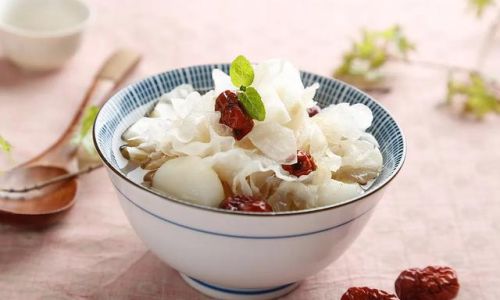
Presentation
Transfer the stewed pears to individual bowls, ladling the broth generously over them. Garnish with a sprig of fresh mint or a single goji berry for visual appeal. Serve warm to maximize the dessert’s soothing effects.
Pairings
- Herbal Tea: A cup of chrysanthemum or jasmine tea complements the dessert’s floral notes.
- Almond Cookies: Light, buttery cookies provide a contrasting texture.
- Silken Tofu: A small cube of chilled tofu adds a refreshing element.
Storage and Reheating
Store leftovers in an airtight container in the refrigerator for up to three days. To reheat, gently warm the dessert in a saucepan over low heat, stirring occasionally to prevent scorching. Avoid microwaving, as it may alter the texture.
Variations and Substitutions
For a Vegan-Friendly Version
Replace rock sugar with coconut nectar or maple syrup, adjusting sweetness to taste. Ensure the lily bulbs are sourced from vegan-certified suppliers.
Enhanced Medicinal Properties
Add 3–4 slices of astragalus root or 10 grams of Solomon’s seal during simmering to bolster immune-boosting benefits. Consult a TCM practitioner for personalized adaptations.
Fruit Alternatives
Substitute pears with apples or Asian peaches for a unique twist. Adjust cooking time accordingly, as these fruits may soften faster.
The Science Behind the Sweetness: Health Benefits Explored
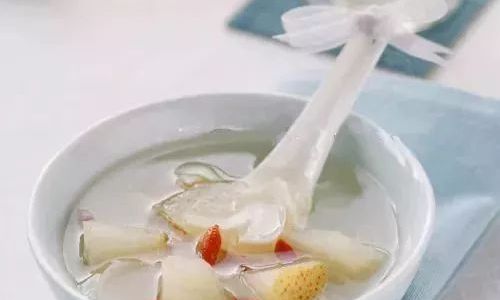
Pear (Pyrus spp.)
Rich in dietary fiber, vitamins C and K, and antioxidants, pears support digestive health and immune function. Their high water content (84%) hydrates the body, making them ideal for alleviating dry coughs and sore throats.
Lily Bulbs (Lilium brownii)
In TCM, lily bulbs are classified as “cooling” herbs, beneficial for reducing internal heat and calming the spirit. Modern studies suggest they contain saponins and flavonoids with anti-inflammatory and sedative effects.
Rock Sugar (Sucrose Crystals)
Unlike refined sugar, rock sugar undergoes minimal processing, preserving trace minerals that aid in nutrient absorption. Its slow-releasing sweetness prevents blood sugar spikes, suitable for diabetic individuals when consumed in moderation.
Goji Berries (Lycium barbarum)
These “superfood” berries are packed with beta-carotene, zeaxanthin, and polysaccharides, which enhance vision and liver health. Their addition elevates the dessert’s nutritional profile.
Common Pitfalls and How to Avoid Them
Overcooking the Pears
Solution: Monitor simmering time closely. Overcooked pears become mushy and lose their shape. Test doneness early and often.
Excessive Sweetness
Solution: Start with the lower end of the sugar range. Taste the broth 30 minutes into cooking and adjust incrementally.
Bitter Aftertaste
Solution: Ensure lily bulbs are thoroughly rinsed after soaking. Discard any discolored or overly fragrant bulbs.

Cloudy Broth
Solution: Use filtered water and avoid stirring vigorously during cooking. A gentle simmer preserves clarity.
Cultural Context: From Imperial Courts to Modern Kitchens
The recipe’s origins trace back to the Tang Dynasty (618–907 CE), where imperial chefs crafted elaborate desserts for emperors. Stewed pear gained prominence during the Qing Dynasty (1644–1912), becoming a staple in pharmacopeias. Today, it remains a cherished home remedy, with families passing down secret techniques—such as adding a drop of vinegar to preserve pear color or simmering with silver needles for luminosity.
Conclusion: A Taste of Tradition
Crafting rock sugar and lily bulb stewed pear is an act of culinary mindfulness, blending reverence for tradition with the joy of nourishing oneself and loved ones. Each step, from selecting the pears to savoring the final spoonful, connects us to centuries of wisdom and the simple pleasure of wholesome food. Whether enjoyed as a remedy for winter chill or a tribute to cultural heritage, this dessert invites us to slow down, savor the moment, and appreciate the harmony of flavors that time has perfected.
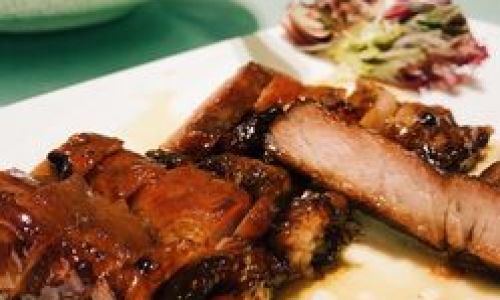

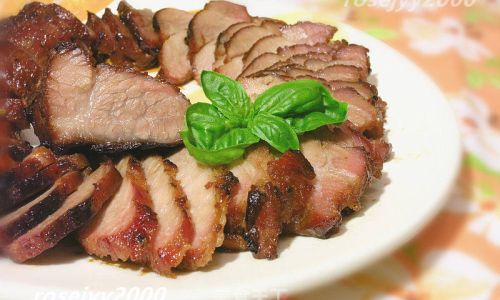


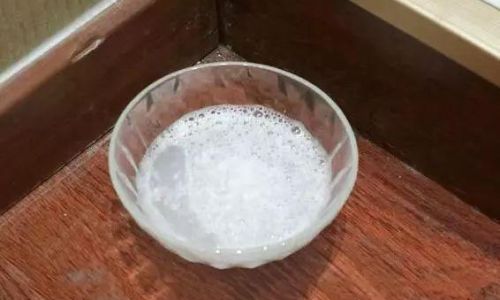
0 comments